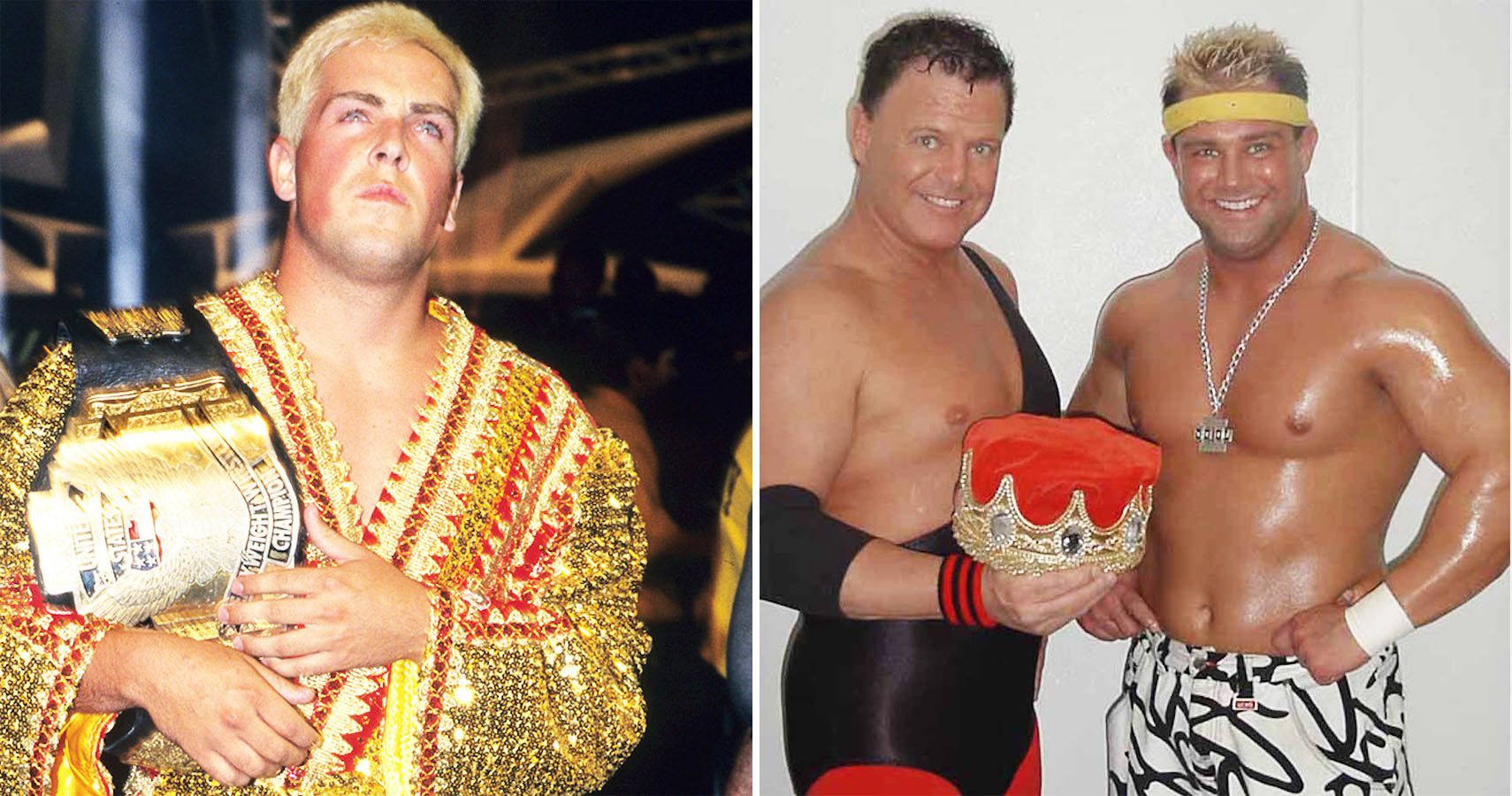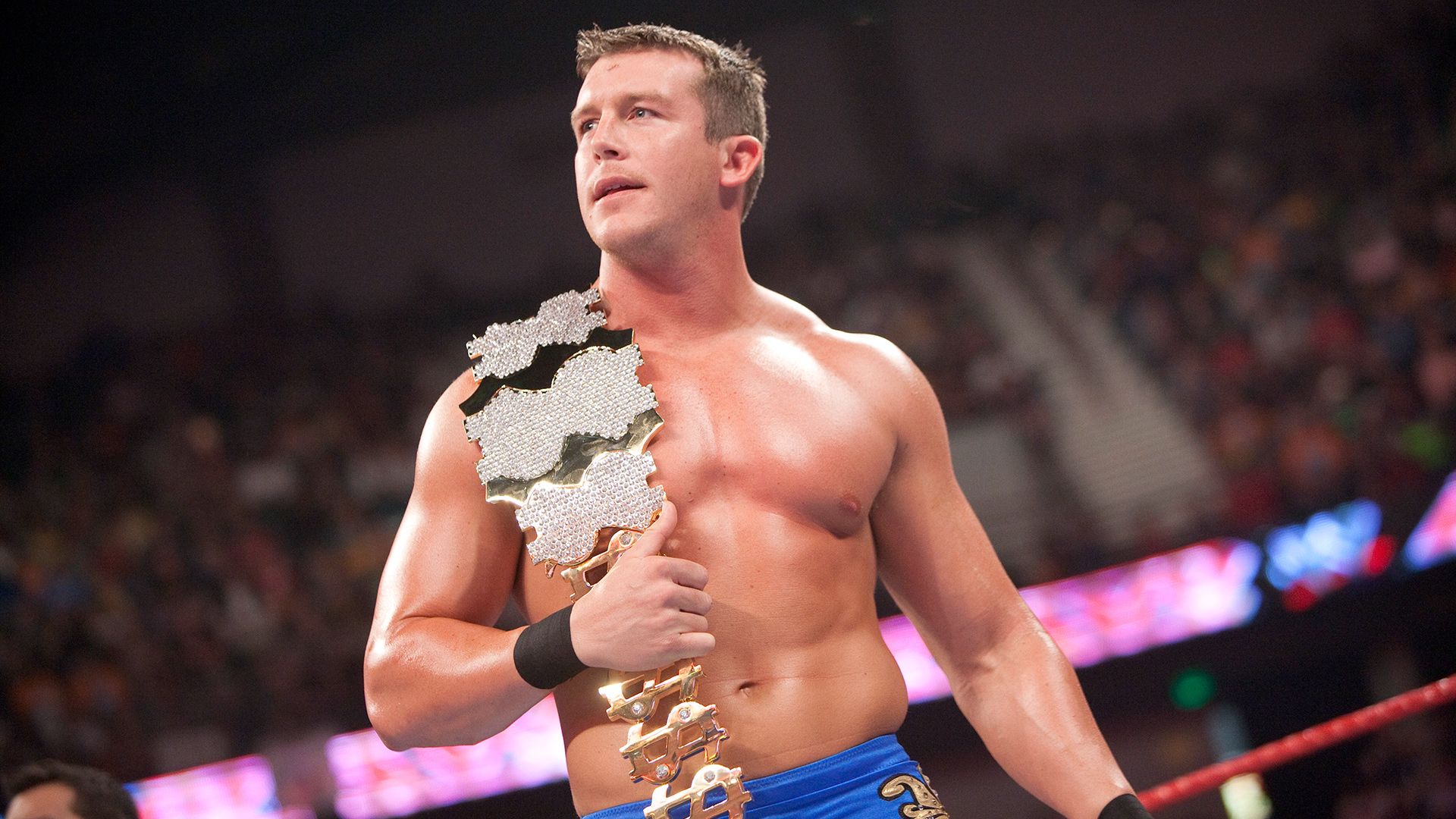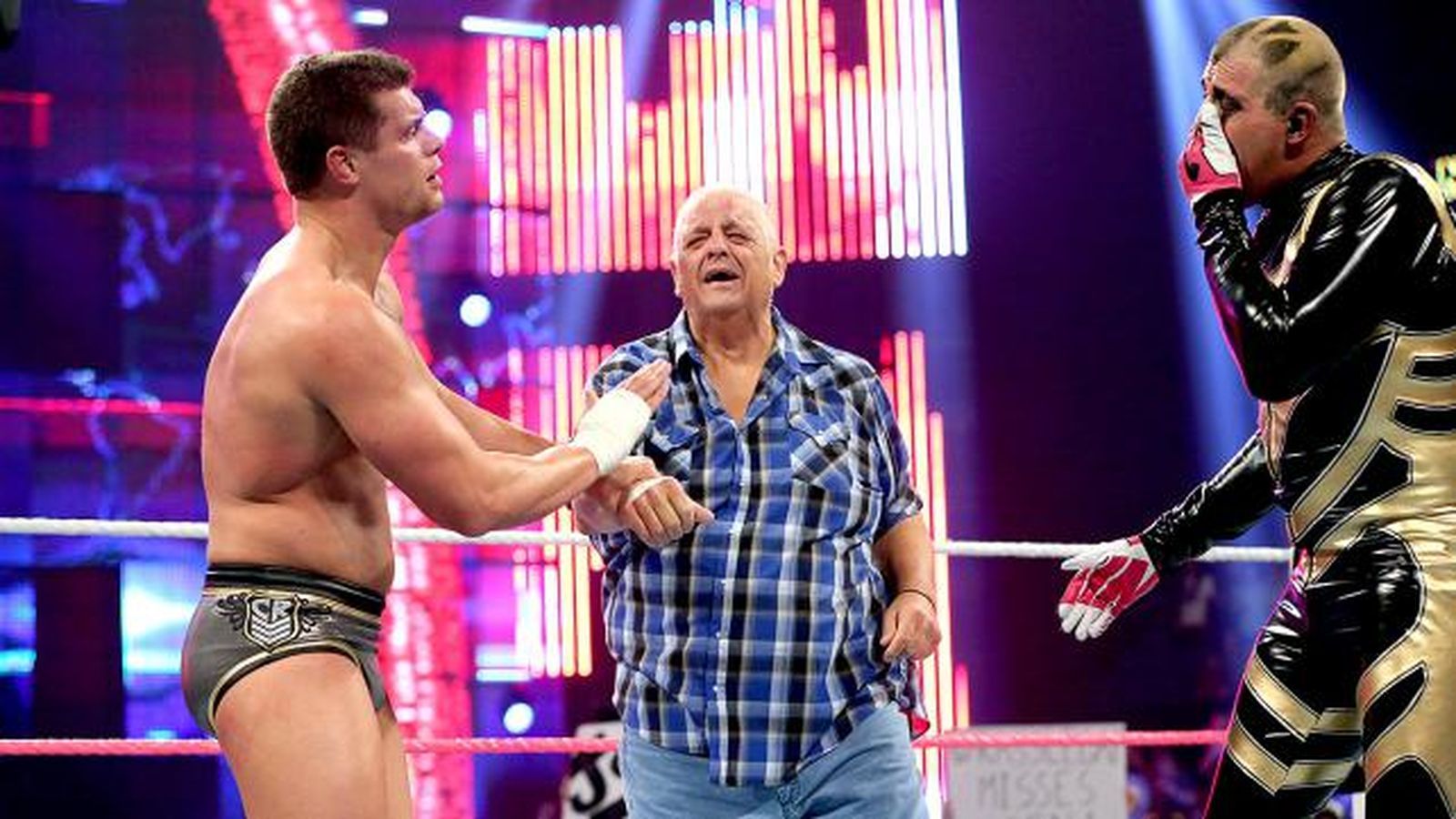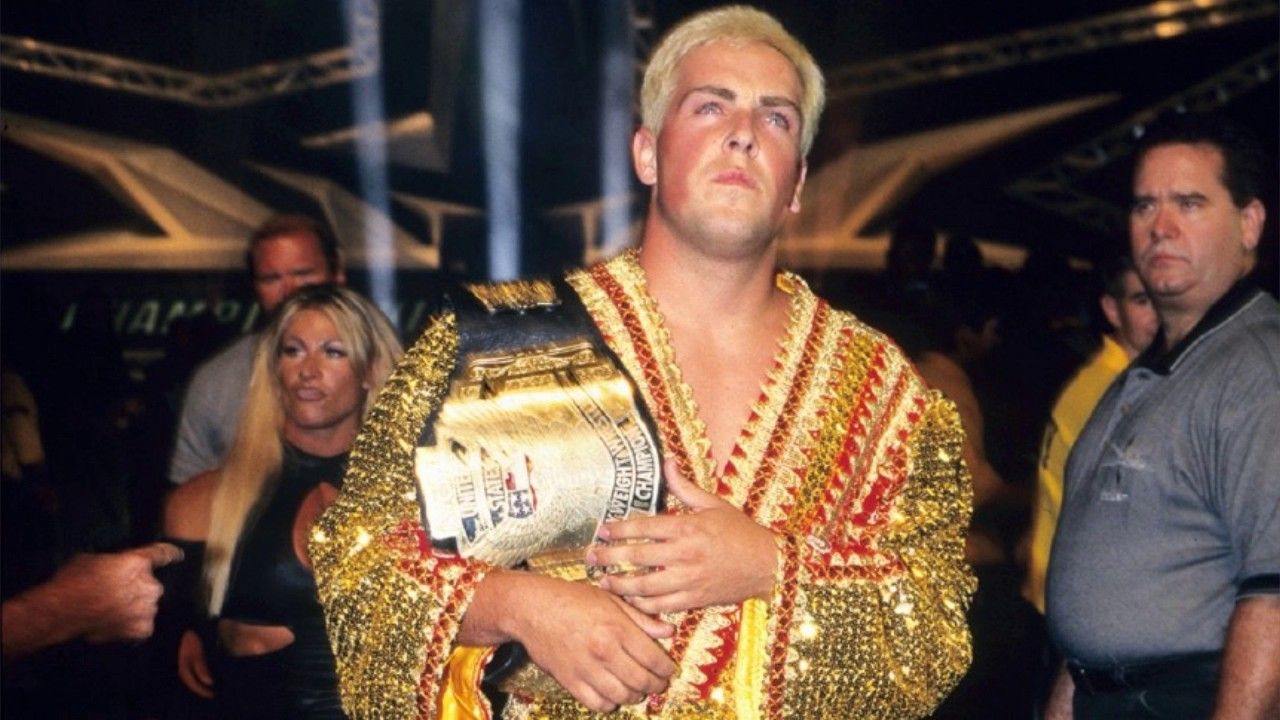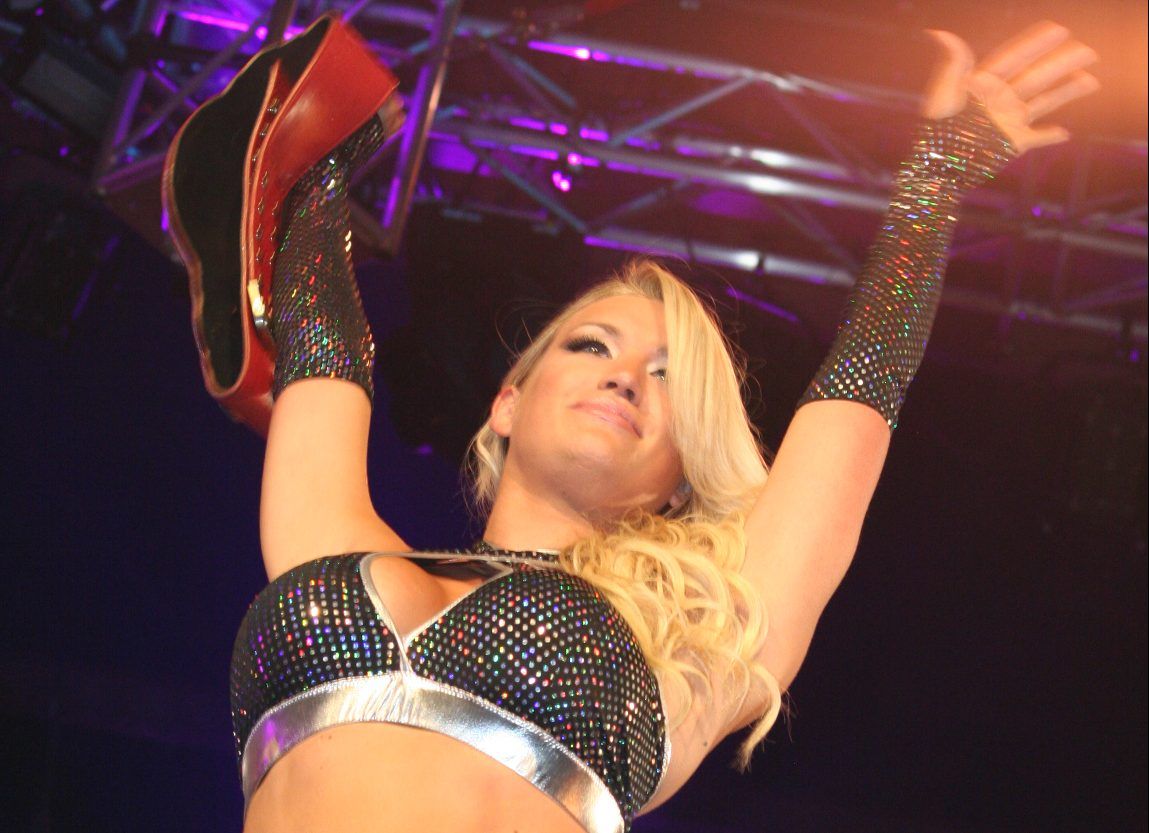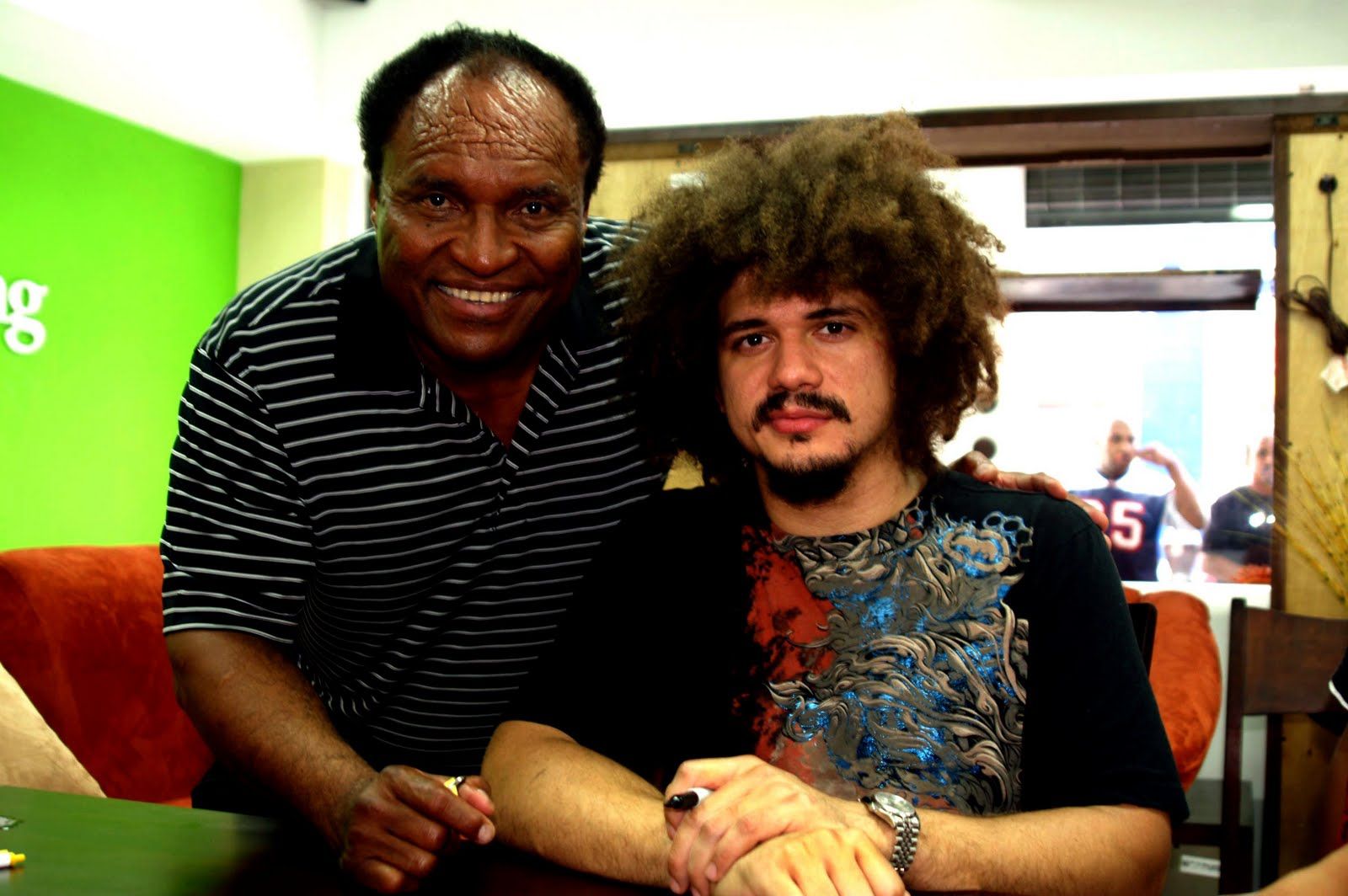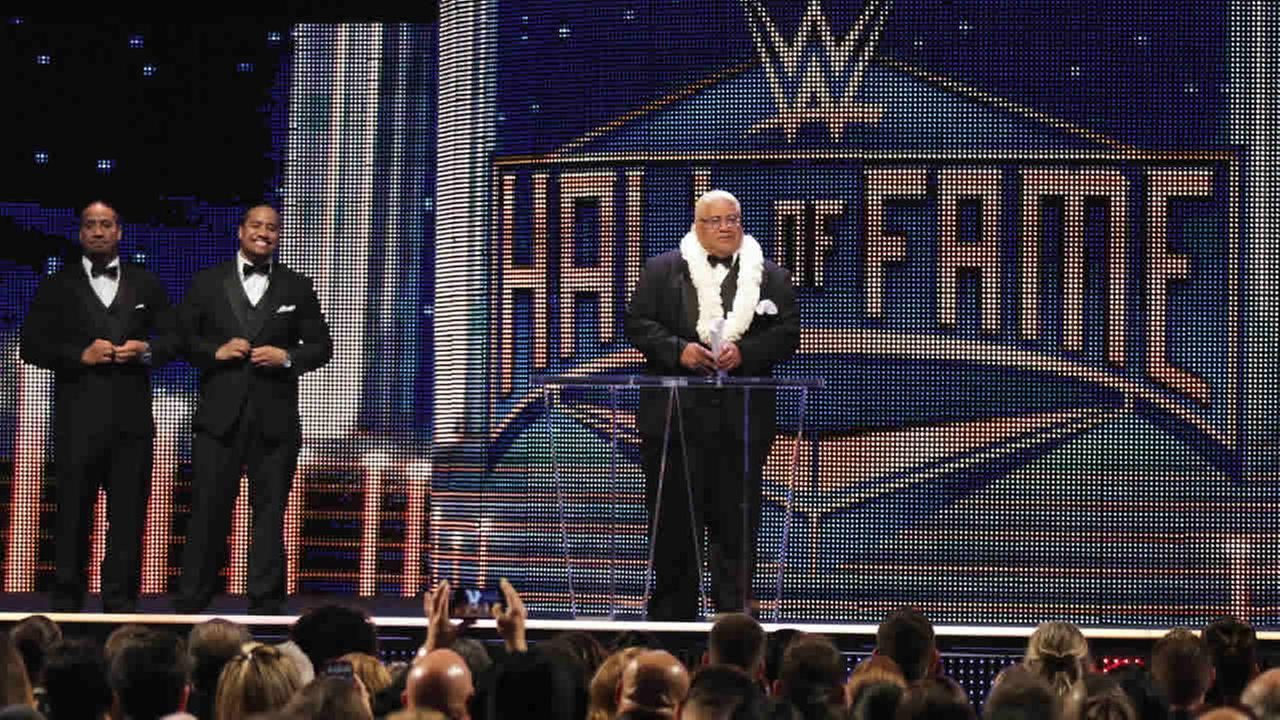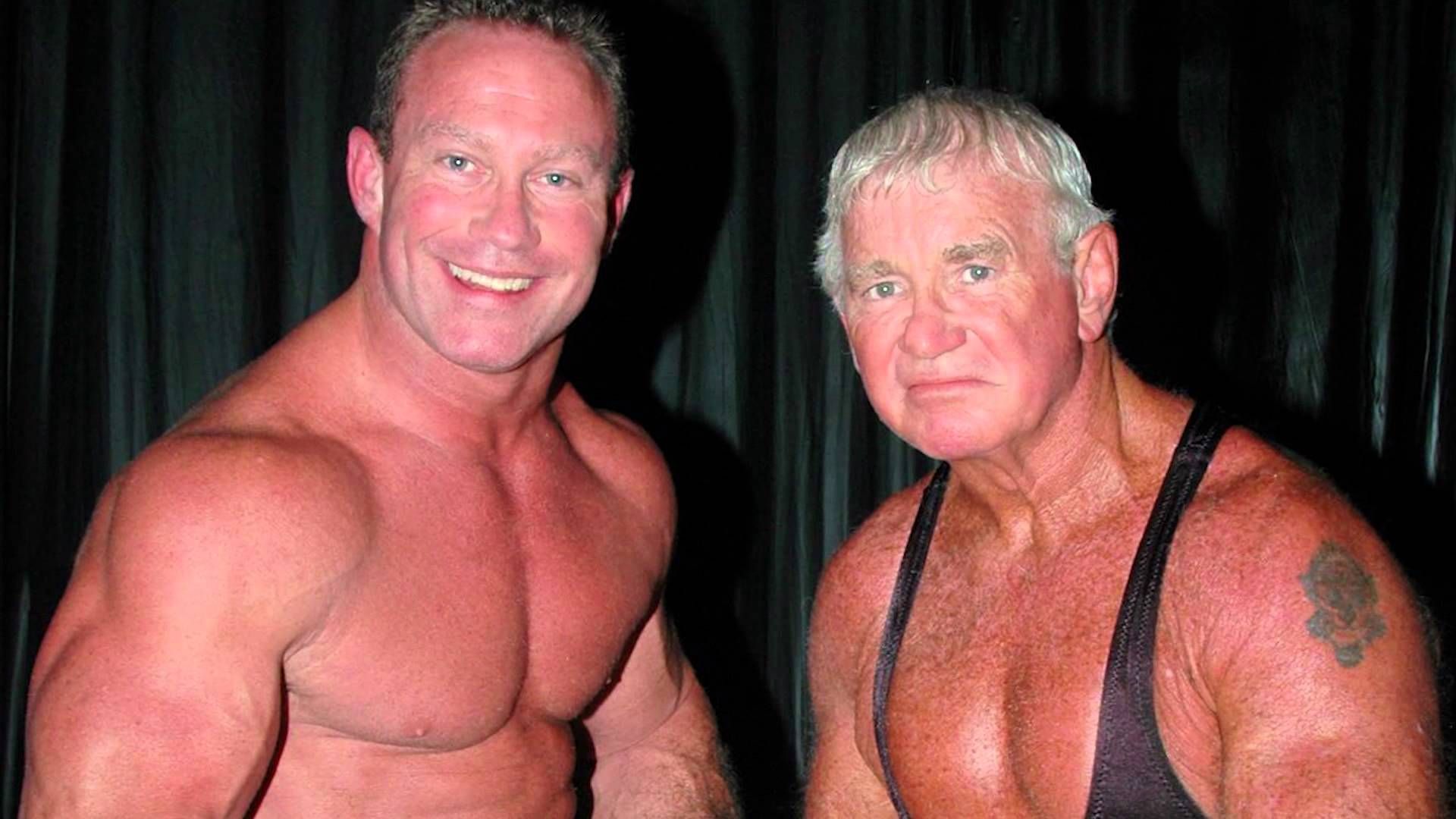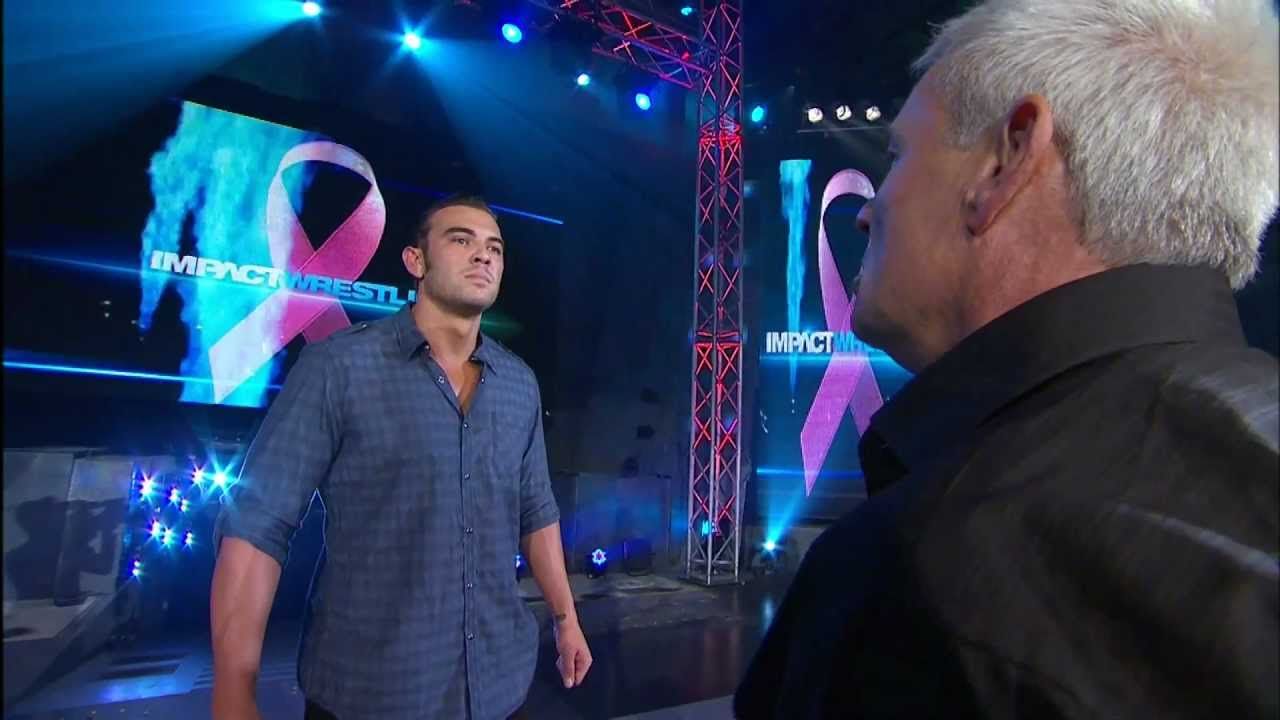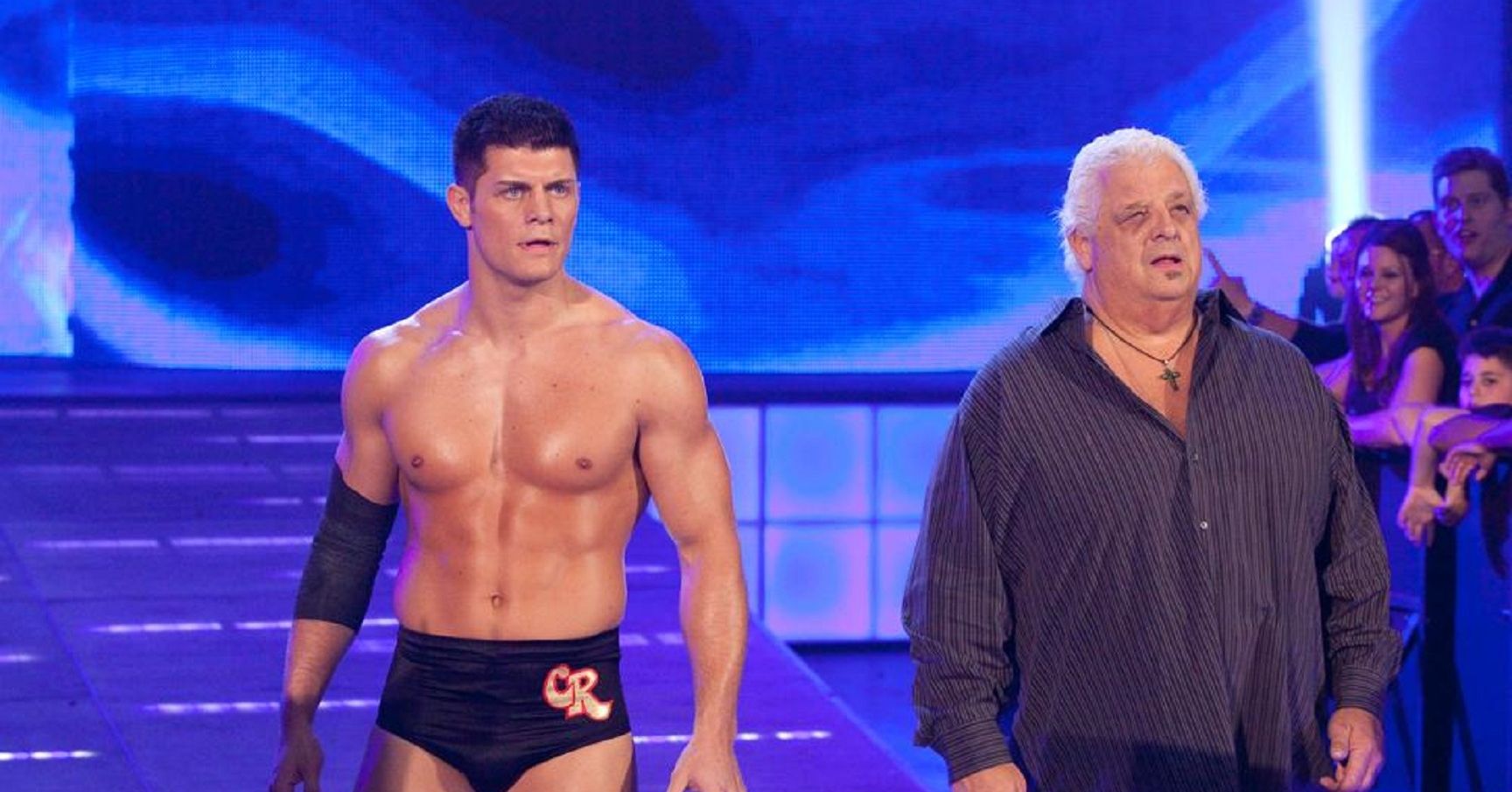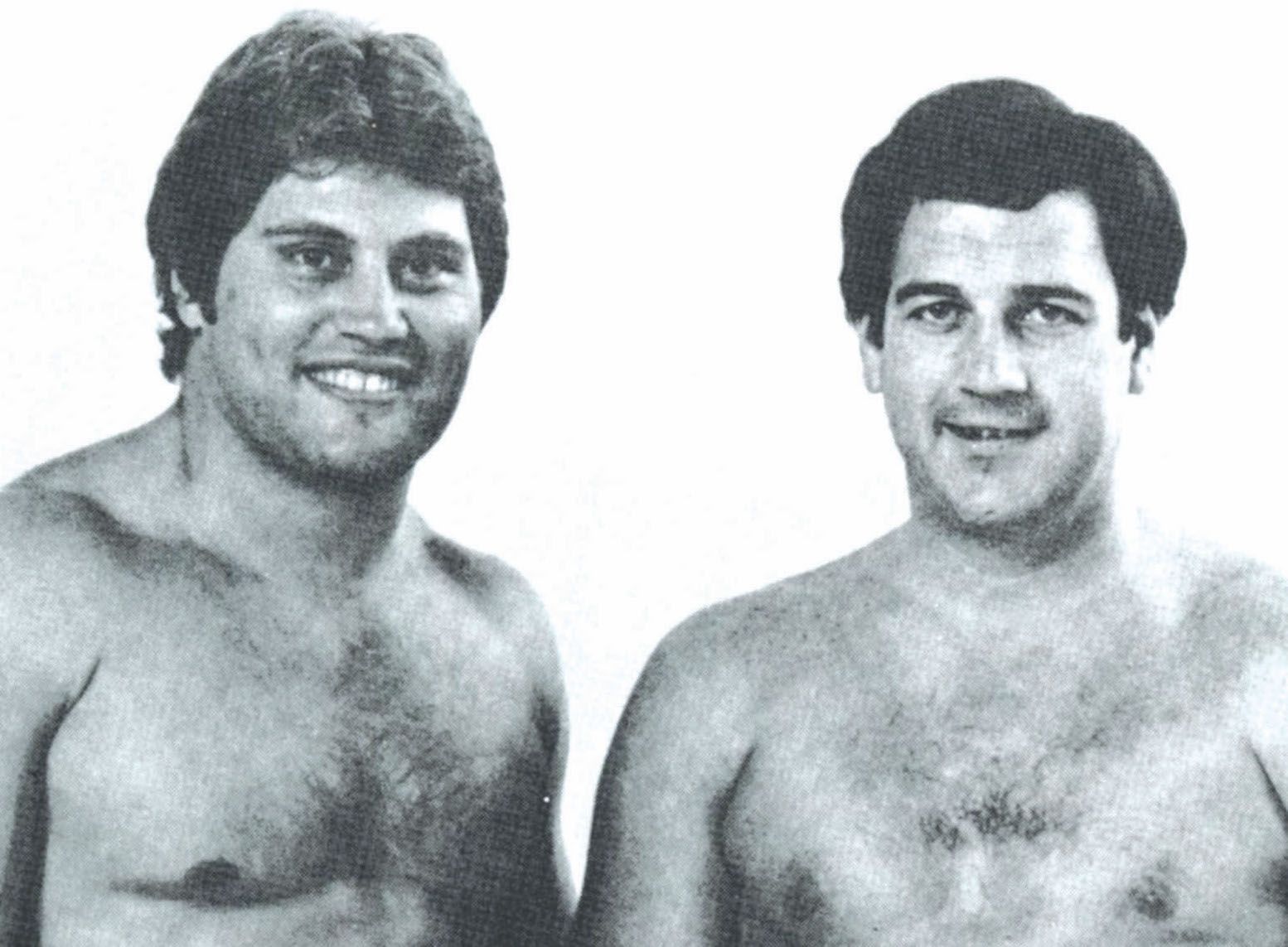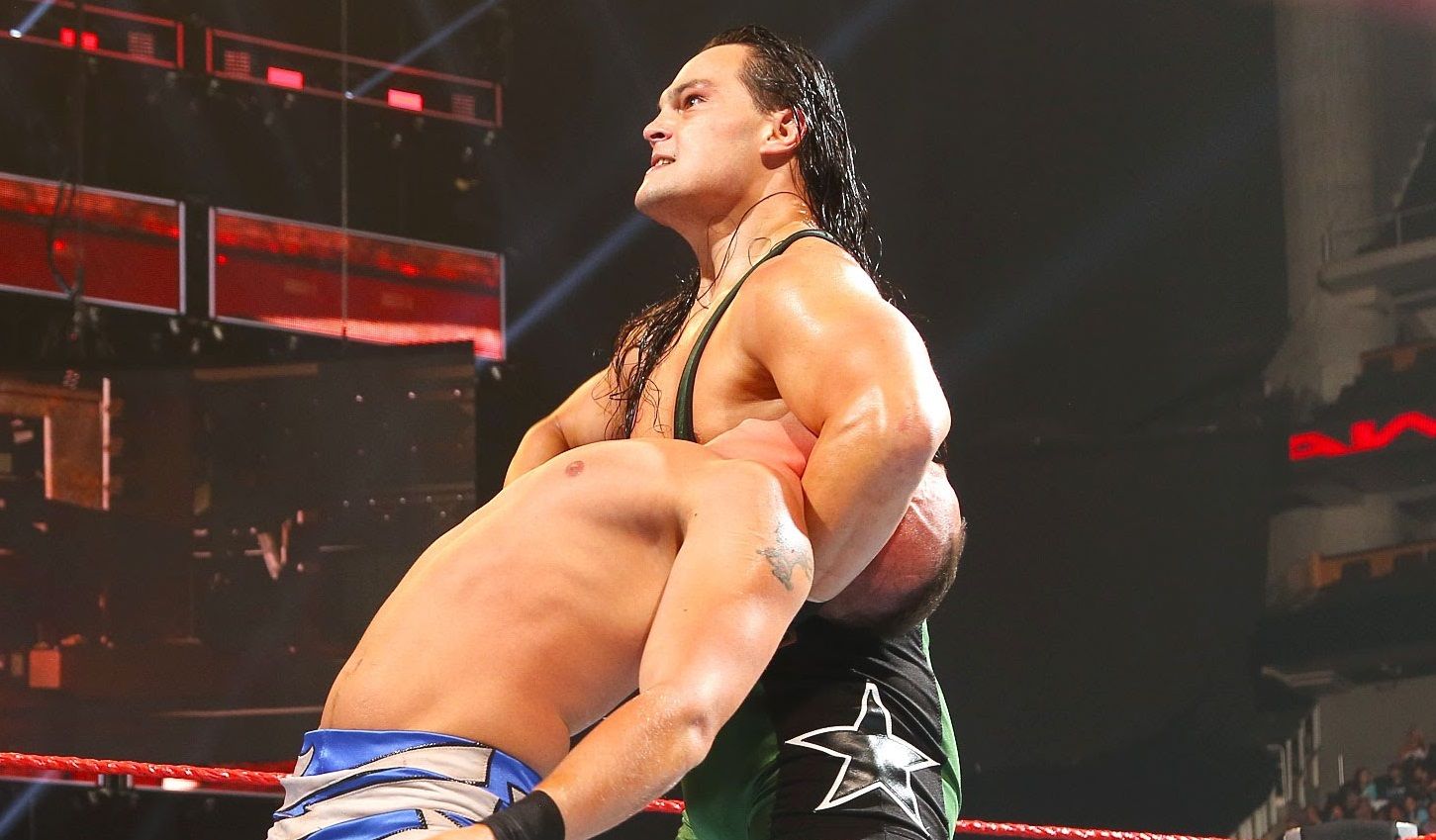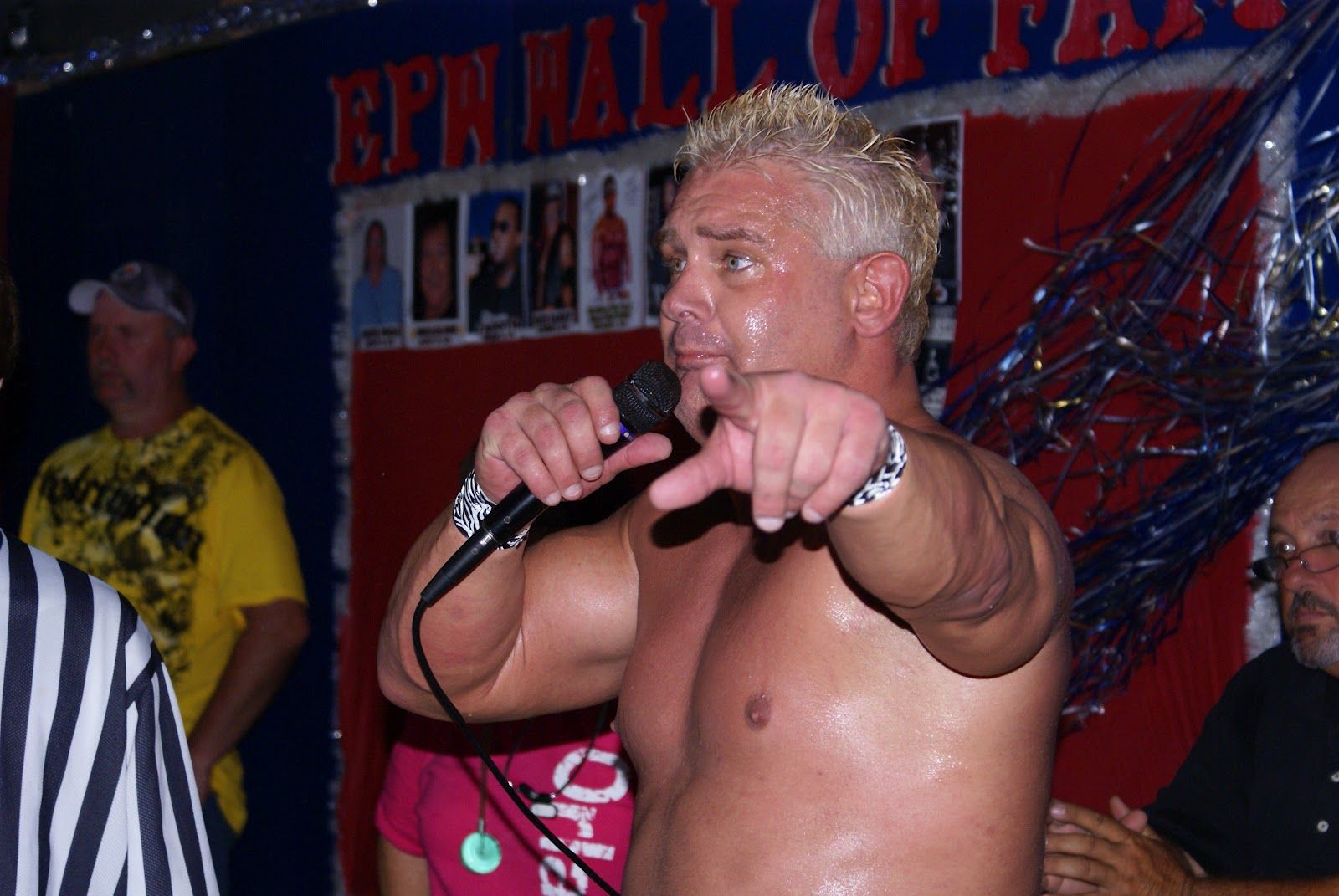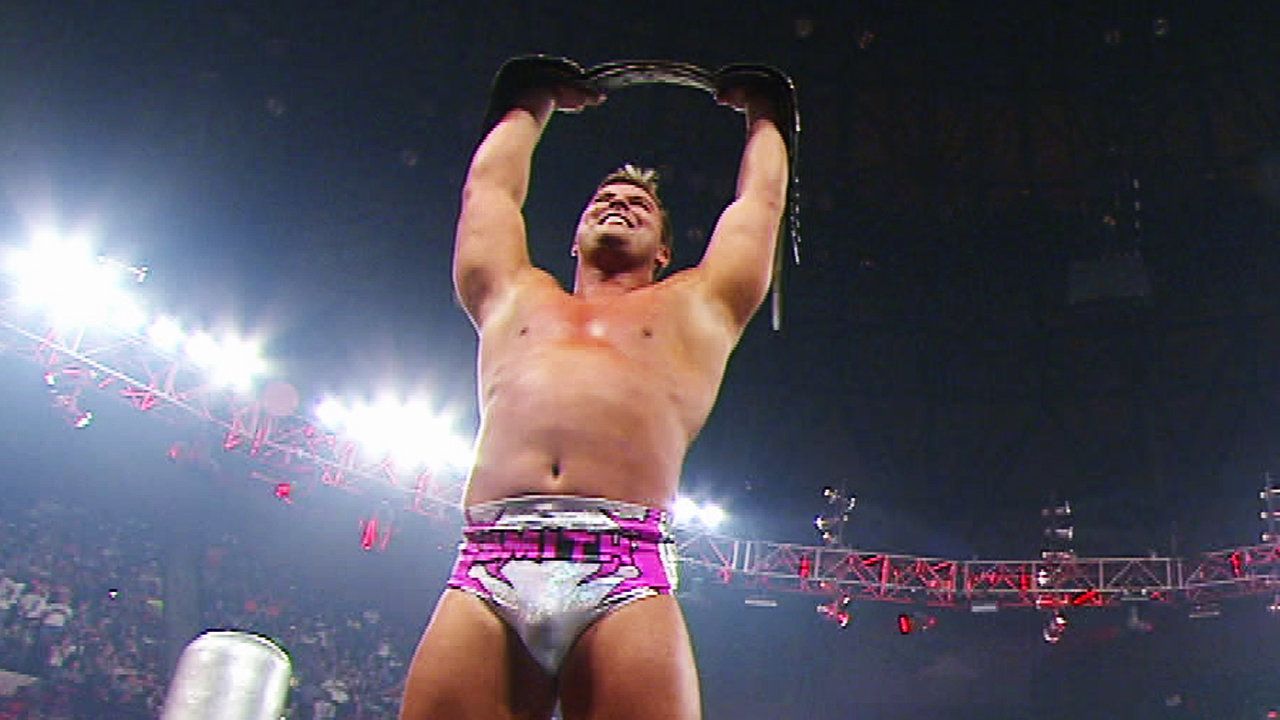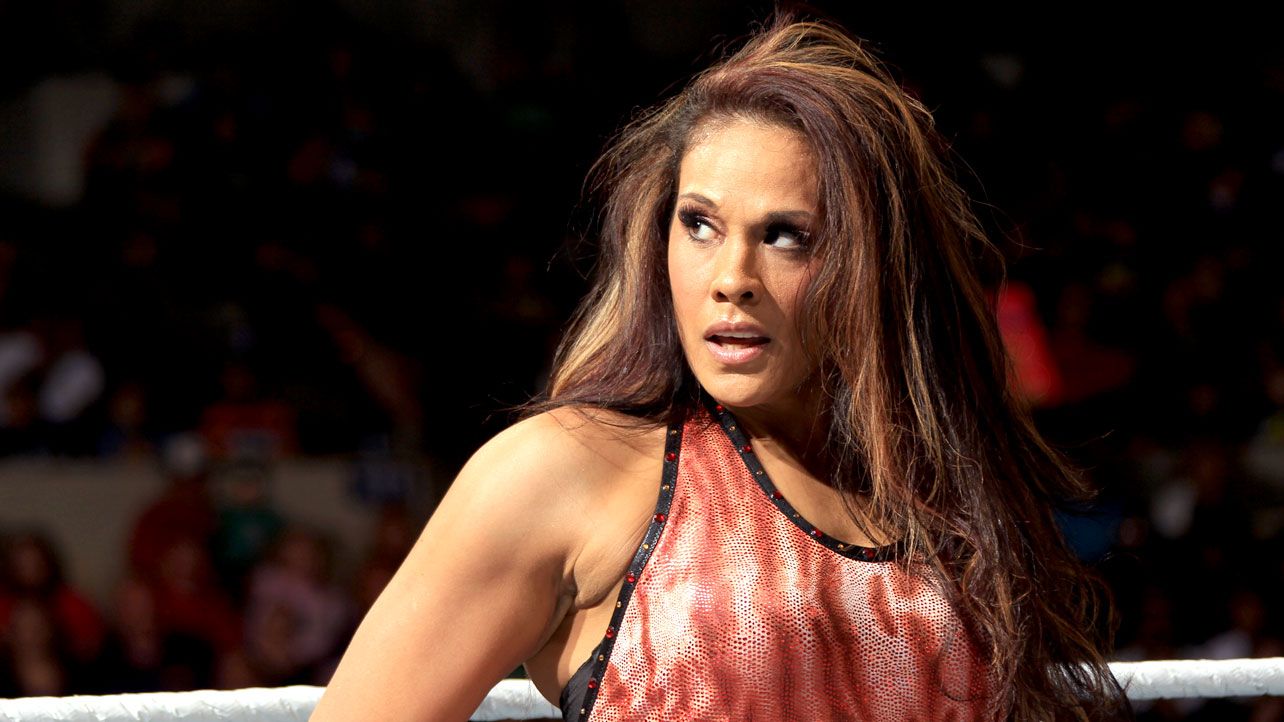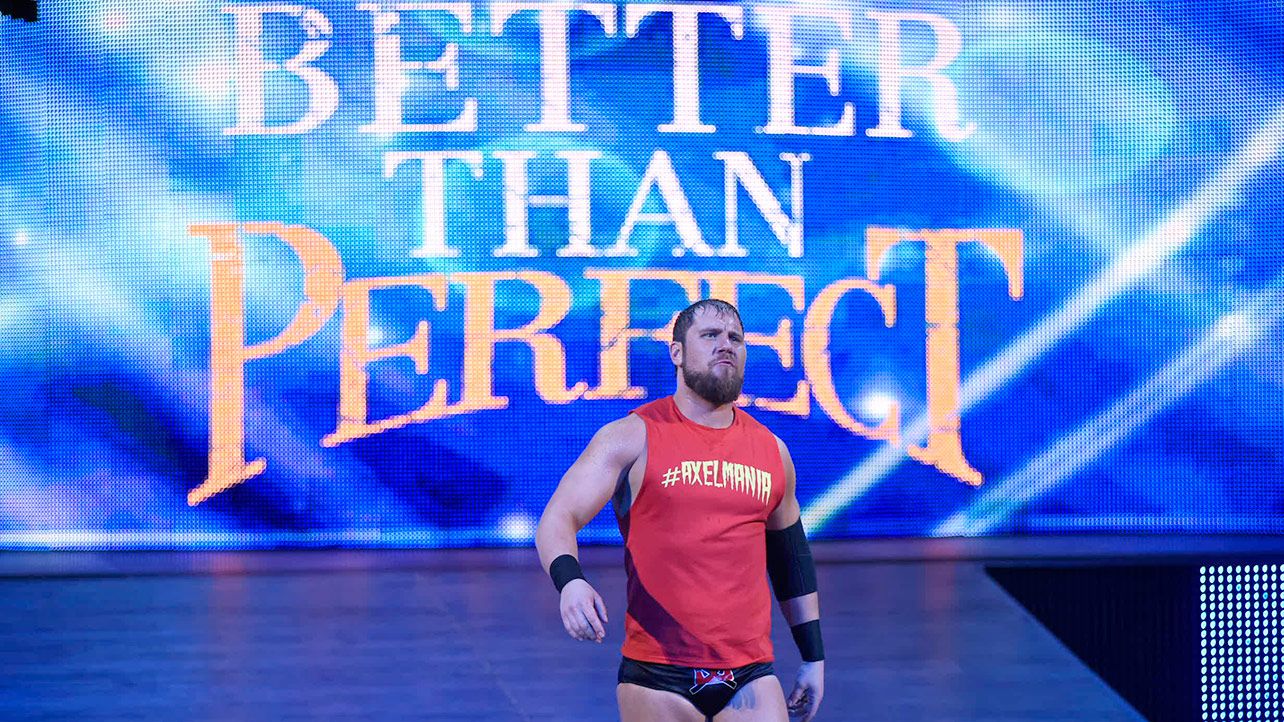It’s little wonder that wrestling is a business that inspires multiple generations from a family to get involved. There’s a level of genetic predisposition, given the type of tall men and women with big frames who tend to thrive in wrestling are more likely to give birth to kids with similar body types. Additionally, wrestling can be so all-encompassing for any given wrestler’s life, that surely they come off the road and have stories to tell centered on wrestling, and there are those kids who will be transfixed by such stories and want to pursue a career in wrestling all their own.
There are those stories of sons and daughters who have outshone their fathers and mothers in wrestling. I’m talking about Bret Hart who reached the tip-top of the business and in so doing eclipsed the imposing legend of his father, Stu. Then there’s Paige, born of two wrestlers, who was the first in her family to cross the pond and become an international star with WWE. There’s The Rock, Randy Orton, and plenty of others whose fathers, and even grandfathers were bona fide wrestling stars, but who took up the charge themselves and became all-time legends.
On the flip side of the coin, there are those talents who followed in their parents’ footsteps only to come up short. Sometimes, a family name is a leg up—a built-in big break to get a youngster a foot in the door with a major wrestling company. But sometimes, that family name forces comparisons between one wrestler and the generation before, or becomes a target on a young performers back. The wrong surname can cause professional jealousies backstage and higher expectations from management and lead a prospect failing, or at least never reaching as high as the generation before.
This article looks at 15 wrestlers overshadowed by their parents.
15 15. Ted DiBiase Jr.
The Million Dollar Man Ted DiBiase was one of the most iconic gimmicks in wrestling history, posed at exactly the right time, and attached to exactly the right performer to create one of the definitive wrestling villains for a generation. DiBiase got famous off of buying off other wrestlers, referees, and fans, and pairing that character with exceptional skill in the ring and great talking abilities.
For Ted DiBiase Jr., the results were less sterling.
DiBiase Jr. was introduced as his father’s son. The gimmick came complete with a theme song that proclaimed he “came from money” and a finisher that resembled his father’s, not to mention that DiBiase Jr. started carrying his father’s Million Dollar Championship as a prop before long. Though the son had a good look and was a competent worker, he had neither his father’s charisma nor the full faith of the bookers. Though he teased involvement in main event angles as part of Randy Orton’s Legacy stable, he never truly broke through past the mid-card. He left WWE, purportedly to spend more time with his family, and has only wrestled sporadically on the independent circuit since.
14 14. Goldust
Dustin Runnels looked a lot like his father, and surely got a lot of opportunities because of who his old man was, signing with WWE as a rookie to team with his dad, and then following his dad to WCW. In WCW, he evolved into an excellent worker and talker in his own right, but still struggled to get out from under his father’s legendary name. Then, as he looked to broach the main event scene, WCW changed directions signing Hulk Hogan and revamping its roster.
Runnels finally emerged from his father’s shadow to a degree by shaking off the family name and identity almost entirely, in favor of the outlandish Goldust gimmick. The character thrived for a period of years, though it never broke through to the main event level. Now, Runnels' greatest legacy of his own has to do with his longevity—still performing at a high level (and arguably better than he did a decade ago) in his late 40s. He’s never broached his father’s truly legendary status, though.
13 13. David Flair
It’s hard to cast a much longer shadow in the wrestling world than Ric Flair. While his daughter, Charlotte has largely succeeded in carving out her own identity, she has the benefits of not only being a gifted athlete, but avoiding comparisons by being a different gender and starting her career years after her father retired.
David Flair did not have these benefits. WCW brought in Flair’s oldest son to alternately build sympathy and heat around his dad. The problem was, David wasn’t really a trained wrestler and largely floundered in the ring and on the mic. Were he just anyone off the street, brought in as an outsider to the wrestling world, we might say that he did well enough with the tools available. As Ric Flair’s son, however, he came across as a disappointment. While he hung around wrestling, and gave things a shot in WWE’s developmental system, a respectable wrestling career was never in the cards for David.
12 12. Lacey Von Erich
The story of the Von Erich wrestling family is full of ups and downs. This is particularly true of Kerry’s generation that saw all but one of six brothers die too soon--last of all Kerry’s suicide. While surviving brother Kevin has seen two of his boys enter the wrestling world, they haven’t done much beyond the regional level at this point. Lacey—Kerry’s daughter—on the other hand, has made the beginnings of a career for herself on the national level.
Lacey’s successes are largely attributable to being an attractive woman. While she’s never appeared particularly polished in the ring, her look has afforded her opportunities in WWE’s developmental system and, most prominently, with TNA. She was notable for time as part of the Beautiful People stable.
Lacey might be just fine as eye candy, but her wrestling career was largely defined by the fact that she was the heiress to the wildly popular generation of Von Erich boys that came before her. That legacy—and particularly that of Kerry, the family’s only world champion—was one Lacey could never live up to. She left TNA in late 2010 and hasn’t wrestled since that point.
11 11. Carlito
Carlito made a splash on his debut WWE main roster debut, defeating John Cena to win the US Championship. From there, he was a steady upper mid-card heel, and then face, but wound up repeatedly stalling out before he could become a true main eventer. Surely, WWE’s creative team has responsibility there, but there’s also been many of Carlito’s peers who have suggested he was lazy and inconsistent, which was why the promotion could never get fully behind him.
Carlito was released when he refused to enter rehab, and hence missed out on his chance to live up to his father, Carlos Colon's legacy. The last we saw of Carlito in WWE was to induct his father into the Hall of Fame and you wonder if Carlito will ever get a second chance in WWE.
10 10. The Usos
The Usos are solid workers and enjoyed a multi-year period as a popular and successful team. But they had their problems, as they’ve never escaped their identity as twin brothers, to the point that most fans can’t tell them apart, and WWE opted to hardly use Jimmy over the months Jey was on the disabled list. Moreover, they’ve never really been able to climb free from the shadow of their father, Rikishi.
Rikishi worked his way up from a tag team guy to one of the top singles stars of the Attitude Era. It’d be nice to think his sons might make that sort of progress, and their recent heel turn does look like a step in the right direction. With seven years down on the main roster, though, fans do have to wonder if their best years in WWE may already be behind them.
9 9. Brad Armstrong
Bullet Bob Armstrong was a legendary figure in various NWA territories, particularly in the 1970s and 1980s. It was little wonder that his boys opted to follow him into the professional wrestling business. While Armstrong’s son Brian, The Road Dogg, would go on to carve his own niche and become an icon in his own right during the Attitude Era, and son Scott would go in a completely different direction as a referee, Brad Armstrong never seemed to find his way.
Mind you, Brad was a rock solid worker who was probably capable of at least a solid mid-card career, but aside from main eventing in regional Smoky Mountain Wrestling and the United States Wrestling Association, he never really got off the ground in a national sense, mostly jobbing for WCW and rounding out his career working house shows and helping train WWE talents. For all his potential and athletic talents, Brad’s biggest claim always was that he was his father’s son.
8 8. Garett Bischoff
Garett Bischoff spent about five years as a major player for TNA. He had a decent look and was a decent worker, but there’s no question he garnered his spot and held onto it on account his relationship with Eric Bischoff.
We can argue all day about whether Garett’s prominent placement was a matter of nepotism, or if he was a draw because of his last name. In either case, Garett’s strongest defining characteristic as a wrestler was no-doubt the fact that he was Eric’s son. Eric became an icon via his work with WCW and reinforced it with his run as an authority figure with WWE. The cumulative effect of these years was that Bischoff became one of the most famous non-wrestlers in wrestling history. Rather than follow in his father’s legacy as a promoter and on-air personality, Garett did, interestingly enough, aim at blazing his own trail as an in-ring performer.
7 7. Cody Rhodes
There’s no question Dusty Rhodes was an icon, with a particular gift for gab. Cody Rhodes followed in his father’s footsteps. He was also phenomenal talker, and was particularly adept at character work, tapping into whatever gimmick WWE gave him, ranging from plucky rookie, to heel henchman, to Dashing, to super villain, to loyal family man, to the outlandish Stardust character.
For all of Cody’s success, he was small by WWE standards, and never quite crossed over to become a viable main eventer. In 2016, Cody finally decided to leave WWE—following the advice he claimed his father had suggested before he passed—to try to make it on his own elsewhere. Interestingly, Cody is building upon his own legacy, treated like a bigger deal almost everywhere he’s traveled since his departure. He still has a long way to go, however, before he might emerge from his father’s shadow.
6 6. Greg Gagne
Verne Gagne was the definitive hero of the Midwest-based American Wrestling Association. Not only that, but he was also the territory’s founder, chief promoter, and booker. So, as his son Greg entered the wrestling world, it was sensible enough that he’d start out wrestling for his father’s promotion.
The thing is, Greg Gagne was no Verne Gagne—not in terms of skill, charisma, or star power. His father pushed him as a solid mid-card act and even into the main event, infamously challenging Jerry Lawler for the company’s top title in a role few really bought him in.
Greg is well-spoken, and has helped tell the story of his father’s promotion in WWE’s documentary efforts in the relatively recent past. Just the same, it’s clear he’s more a stand-in for his father than a star or major player in his own right.
5 5. Bo Dallas
After a decorated run in developmental that included a spell as NXT Champion, Bo Dallas arrived on the main roster and—was there. Despite a reasonable gimmick as an obnoxiously optimistic, disingenuous heel, Dallas just hasn’t really caught on. His start-stop pushes have only nudged him along as far as the mid-card before he slips back down the card.
Dallas’s middling status would be fine if weren’t for the foundation his father offered for him to build off of. Mike Rotunda progressed from a fine amateur career to become a polished pro wrestler. He’s best remembered now for working under the cartoonish character of Irwin R. Schyster. At first blush it might be easy to write him off on account of the silly gimmick, but it’s more of a testament to Rotunda’s talent that he made a silly occupation gimmick like that work for over four years. His work was successful enough that he remains recognizable for cameo appearances to this day. Will the same be said of Dallas in 20 years? It doesn’t seem likely.
4 4. Grandmaster Sexay
Jerry Lawler is a Memphis icon who crossed over to become one of the biggest stars in wrestling history, anywhere—a world champion in AWA, and a legendary color commentator with WWE. It was no surprise when he went into the WWE Hall of Fame, nor that WWE keeps using him in various roles, even though he’s now in his late 60s.
But what of his son, best known as Grandmaster Sexay? As his Too Cool moniker might suggest, Lawler’s son never quite made it as a top tier star. While his WWE tag team was memorable, and he had his moments in smaller promotions, he’s never come close to matching his father’s star power or ability to connect with the crowd. He goes down as a role player during one of WWE’s hottest periods, and is otherwise best known as The King’s son.
3 3. DH Smith
DH Smith got a ton of attention when he first showed up in WWE, as the promotion celebrated that he was the son of the legendary British Bulldog Davey Boy Smith. Davey Boy was an Intercontinental and Tag Team Champion who challenged for the world championships in WWE and WCW in his prime. It made sense that his athletic son, with a similar look might go on to great things.
Smith quickly slipped down the card, though, until he was an afterthought. He enjoyed a brief resurgence teaming with Tyson Kidd as The Hart Dynasty, but that pair got lost in the shuffle before too long as well, and Smith ultimately left the company in a cloud of frustration to ply his trade overseas and give MMA a try. While he’s a solid talent who seems dedicated to improving, he’s never been match for father’s celebrity. The good news for DH is that, even now, he’s still only 31 and might still make another go of it.
2 2. Tamina
Jimmy Snuka is an all-time legend. He was a jacked dude with a sensational look, and he carved his place in history leaping from the top of a steel cage to throw his body at Bob Backlund and later Don Muraco. Though he had personal issues (allegedly responsible for the death of his girlfriend in the 1980s), his recent passing has prompted wrestling fans to remember the unique star he once was.
Snuka’s daughter, Tamina, has made a name for herself in WWE. It’s just that the name she’s made for herself has never really compared with the name that preceded her. While Snuka was a world title contender and long-time main event attraction, Tamina has never broken loose in the women’s ranks, at best an imposing physical obstacle for newer, brighter stars to overcome on their way to the top.
1 1. Curtis Axel
Rarely has a professional wrestler been more aptly awarded a gimmick than Curt Hennig as Mr. Perfect. He was, himself, a second-generation wrestler, the son of Larry “The Axe” Hennig, but between his peak conditioning, impeccable technical skill, and strong game on the mic, Hennig was about as perfect of an all-around wrestler as there’s ever been.
His son, Curtis Axel, has not been able to match him.
Though Axel is talented, and was even handpicked as The Rock’s training partner to get back in ring shape leading up to WrestleMania XXVIII, he simply doesn’t have his father’s 'it' factor, or quite his father’s polish in any given area to make comparing the two really fair. Axel arguably hit his biggest success impersonating Hulk Hogan under the Axelmania gimmick. Even that push got derailed for reasons beyond his control when Hogan got busted for a racist tirade and WWE abruptly severed all ties. So, Axel has remained largely directionless, and completely unable to get out of his father’ shadow.

